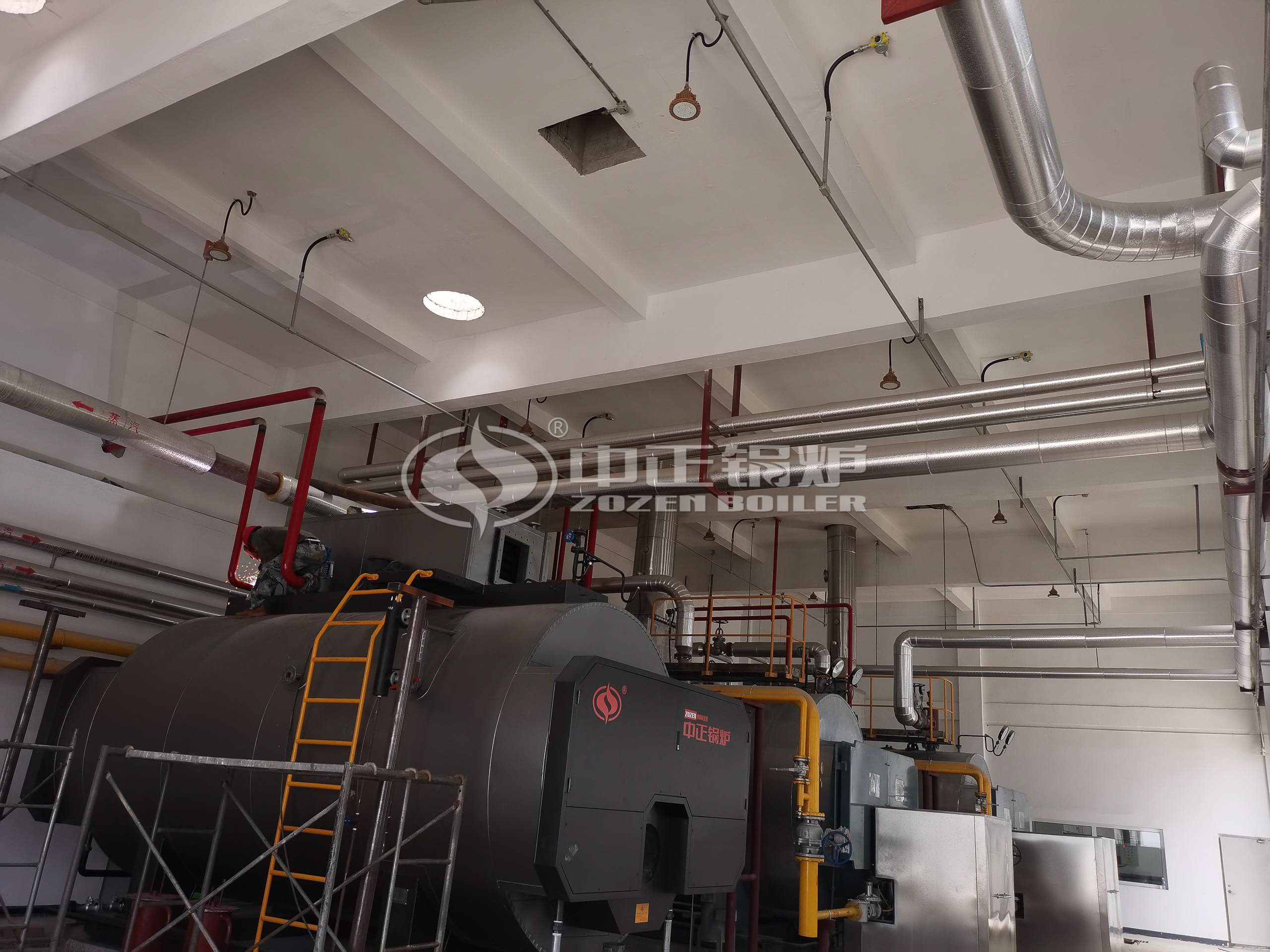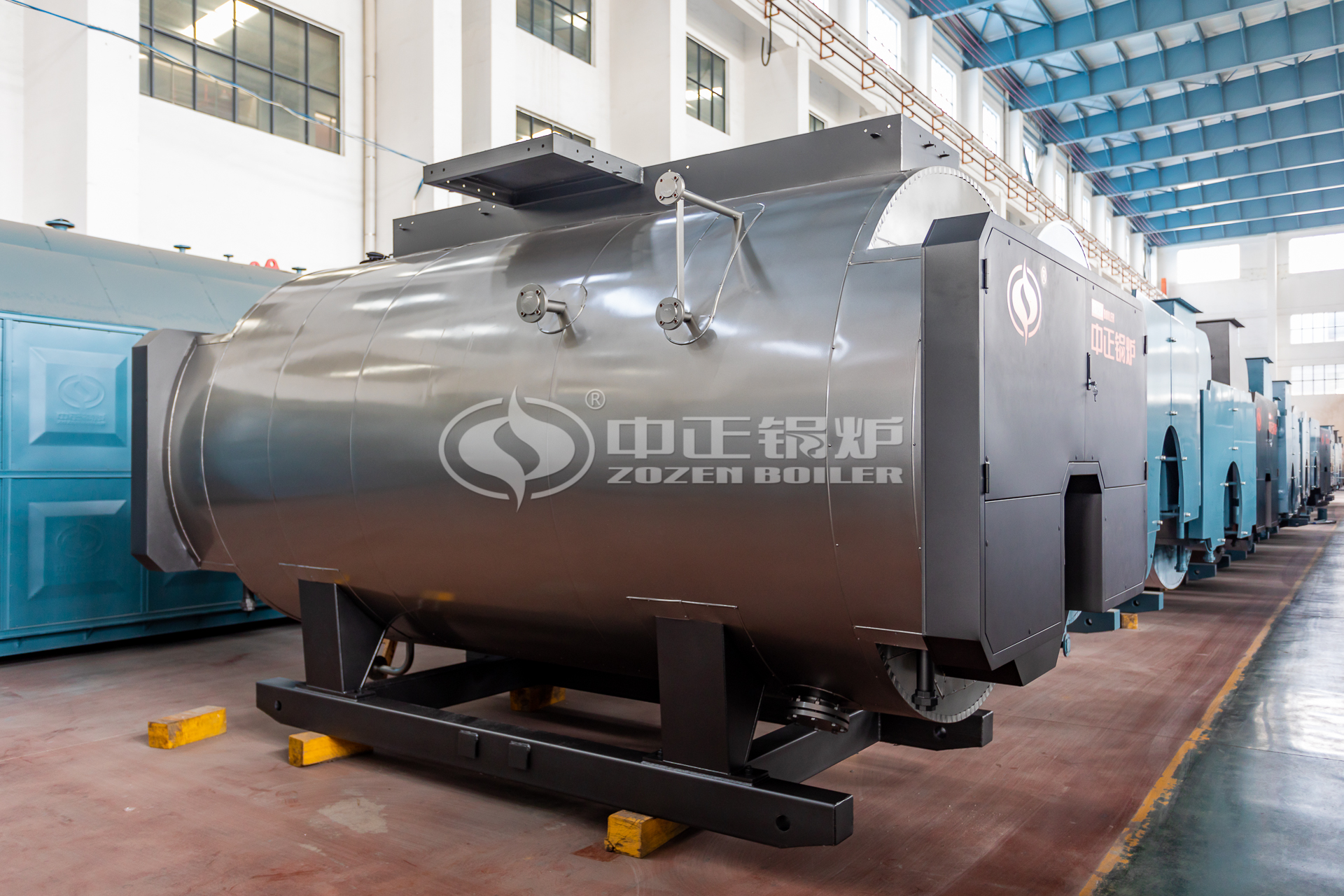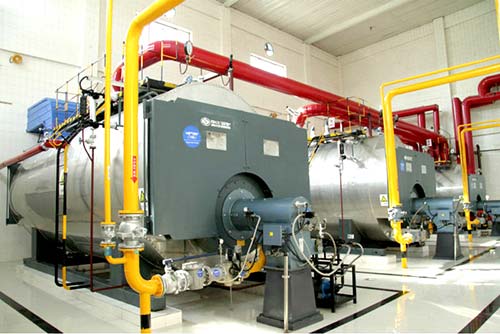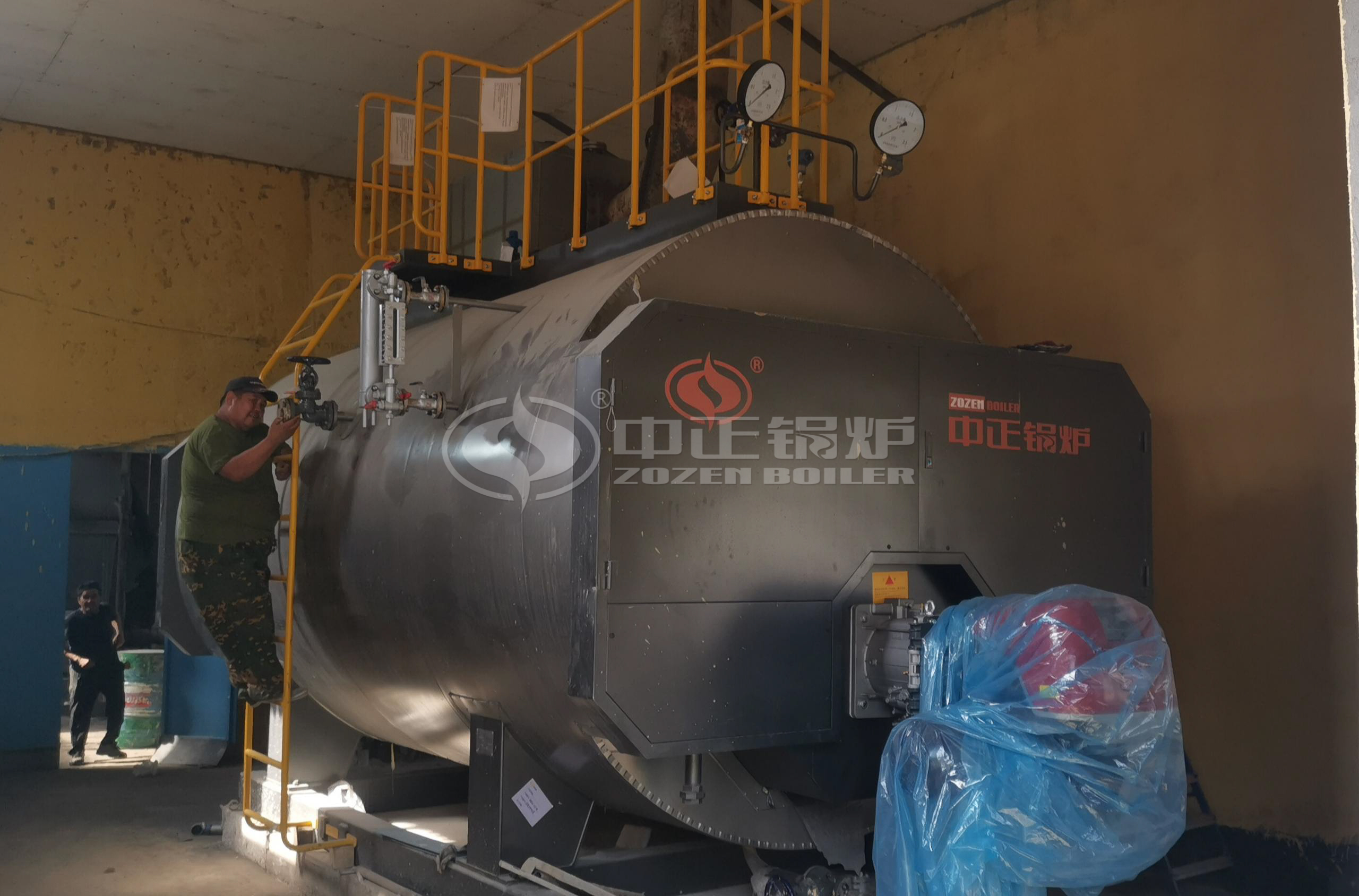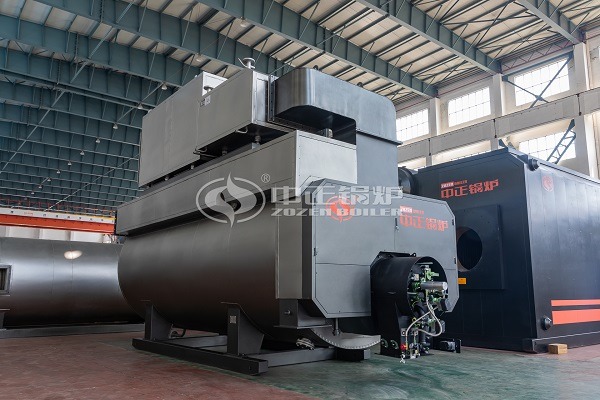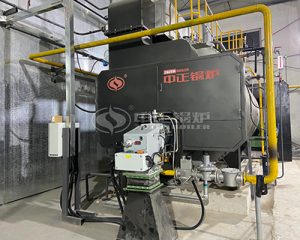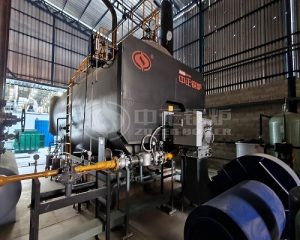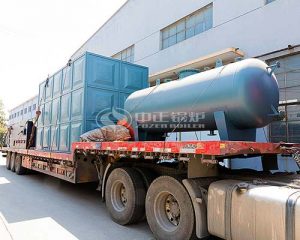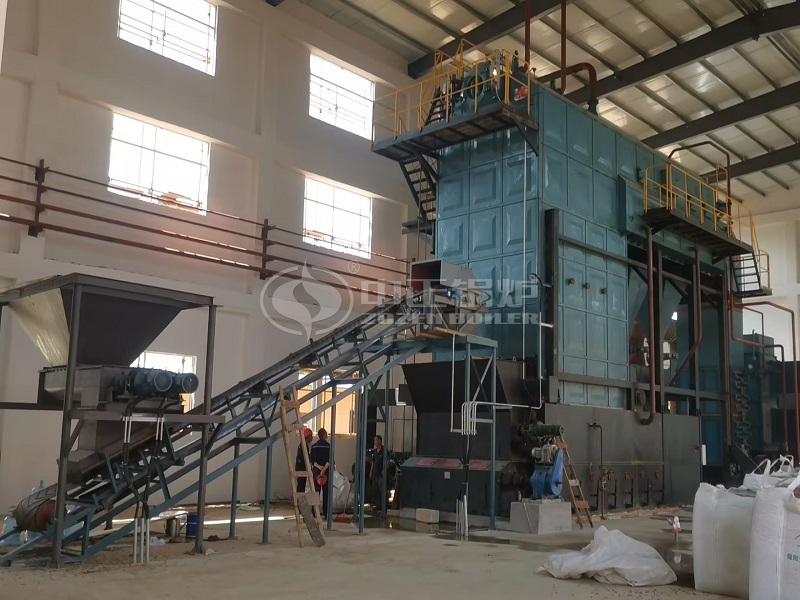The water level of steam drum can reflect the condition between feedwater quantity and evaporation quantity of boiler. If the two parameters maintain a stable balance, the water level also remains unchanged; otherwise, the water level will rise or fall. Besides, there is also a false water level phenomenon. How do we understand the false water level?
The so-called false water level refers to the unreal water level that is not in accordance with the regulation mentioned above and that is mainly caused by three different conditions such as water gauge leakage, water gauge blocking and water level rising within a short time. The changes of boiler’s water level are also different under different conditions. To be specific, the water level will be higher than normal if boiler’s steam side leaks while the water level will be lower than normal if boiler’s water side leaks. What’s more, the water level will be higher than normal whether boiler’s steam side is blocked or water side is blocked and only when the water side of water gauge is blocked, the water level will stop fluctuations.
If the boiler load increases within a short time while the pressure lowers, it means that boiler’s evaporation quantity is smaller than external load, so the water level will rise within a short time. It is caused by that the saturated temperature lowered and boiler’s water is vaporized, which adds the steam volume of steam-water mixture in the water-cooled wall. Then the water in the water-cooled wall is pushed aside to the steam drum, so the water level will rise.
Sufficiently understanding the false water level caused by that boiler load suddenly increases and decreases is of great help for adjusting the water level and keeping boiler in stable operation. However, it should be noted that do not immediately adjust the water level when the false water level appears in boiler’s operation, but adjust it when the changes of water level are in accordance with the balance relationship between feedwater quantity and evaporation quantity.
